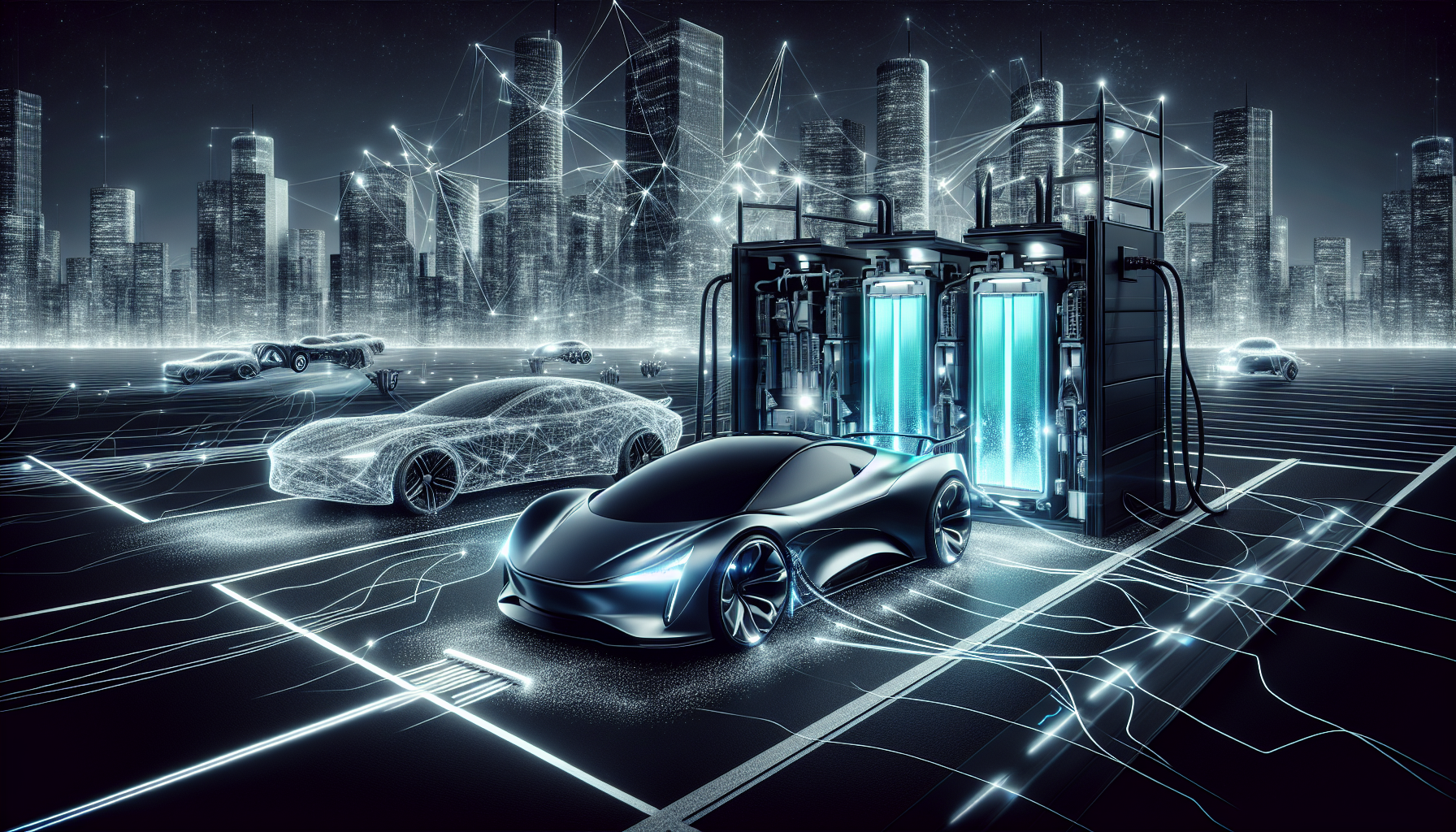Electric Cars Just Got Smarter
What if your electric vehicle could charge 30% faster and last years longer-without changing the battery chemistry? That's exactly what researchers at Stanford University have achieved with a new modular battery system that could redefine how EVs are built, charged, and maintained.
Unveiled on April 15, 2025, and published in Nature Energy, this breakthrough introduces a smarter way to manage energy inside EV batteries. Instead of treating the battery pack as a single block, the system monitors and controls each cell individually. The result? Faster charging, longer lifespan, and potentially lower costs over time.
The Problem with Traditional EV Batteries
Today's EV batteries are like a chain-only as strong as the weakest link. Cells are charged and discharged uniformly, regardless of their individual condition. Over time, this leads to uneven wear, overheating, and premature degradation. It's inefficient and expensive.
Stanford's modular approach flips that model. Each cell is treated as its own unit, equipped with sensors and managed by AI algorithms that optimize energy flow in real time. If one cell is weaker or hotter, the system adjusts accordingly. This prevents overcharging, deep discharging, and thermal stress-three of the biggest culprits behind battery aging.
Real-World Gains: Faster Charging, Longer Life
In lab tests, the prototype system reduced charging time for a 300-mile range battery from 40 minutes to just 28. That's a 30% improvement without changing the battery chemistry or increasing the charger's power output. It also extended the battery's cycle life from 1,500 to 1,800 full charges-a 20% boost in longevity.
For drivers, this means less time at charging stations and fewer battery replacements over the vehicle's lifetime. For automakers, it could mean savings of up to $1,200 per vehicle, based on current battery replacement costs. And for the planet, it means fewer batteries ending up in landfills prematurely.
Built for Compatibility, Designed for the Future
One of the most compelling aspects of the system is its compatibility with existing lithium-ion battery technology. Manufacturers won't need to overhaul their production lines. Instead, they can integrate the modular system into current designs, making adoption faster and more cost-effective.
Stanford has already partnered with two unnamed EV manufacturers to begin pilot testing in 2026. If all goes well, the technology could be in commercial vehicles by 2028. That's a short runway for a potentially massive leap in EV performance and reliability.
Challenges Ahead: Complexity vs. Cost
Not everyone is convinced. Critics point out that adding sensors and AI control systems to every cell increases complexity. More parts mean more potential points of failure-and higher initial production costs. Dr. James Kwon, a veteran EV battery consultant, warns that "scaling this without compromising affordability will be a challenge."
But supporters argue that the long-term benefits outweigh the upfront investment. Reduced warranty claims, fewer battery replacements, and improved customer satisfaction could more than make up for the added complexity. And as with most technologies, costs are likely to fall as production scales.
Beyond Cars: A Grid-Scale Opportunity
While the spotlight is on EVs, the implications go further. Modular battery systems could play a key role in grid storage, especially as renewable energy sources like solar and wind become more prevalent. By managing energy at the cell level, these systems could improve efficiency, reduce downtime, and extend the life of large-scale storage installations.
In a world increasingly powered by electricity, smarter batteries aren't just a convenience-they're a necessity. And Stanford's innovation might be the blueprint for what comes next.
Sometimes, the biggest breakthroughs come not from changing what we use, but how we use it.
